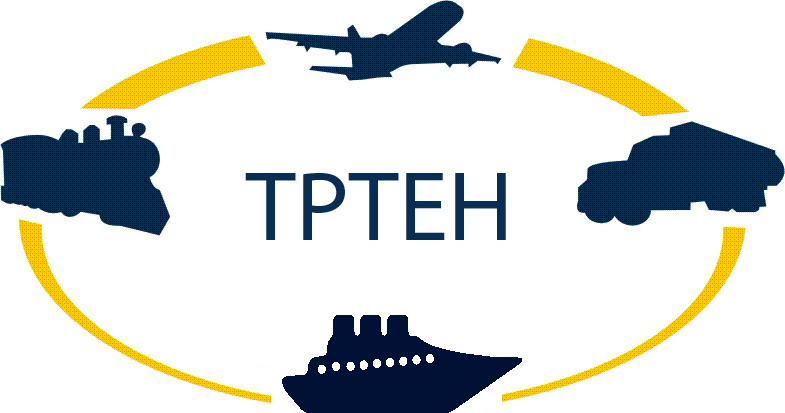1 – White P., Bahgat A. G., El-Tony F., El-Mahdi R., Boshra E., Abbas K. A., Fattah A., and Al-Keelany O. (1999) Impacts of the Cairo Metro (Passenger Survey). Sixth International Conference on Competition and Ownership in Land Passenger Transport, Theme 3: User Needs and Impacts on Public Transport Systems. Cape Town, South Africa.
2 – Bahgat A. G., El-Tony F., El-Mahdi R., Boshra E., Abbas K. A., Fattah A., Al-Keelany O., and White P. R. (1998) Impacts of the Cairo Metro. Third International Workshop – Transportation Planning Methodologies for Developing Countries: Emerging Trends. Indian Institute of Technology, Mumbai, India.
Abstract:
The Cairo Metro – the first in Africa and the Middle East – is a two-line system, heavily used. Data from the operator and a direct passenger survey are used to illustrate patterns of use and draw policy implications for other systems. While current revenue exceeds operating costs, cross-subsidies may exist between different passenger groups as a result of highly discounted student season tickets. A fare increase in 1996 is used to estimate short-run elasticity of demand with respect to price, approximately –0.2, a similar figure to other metro systems. Substantial use is made of motorised feeder modes, notably shared taxis (paratransit minibuses). The high level of use occurs despite a substantial premium over other public transport fares, and lack of integrated ticketing. A likely explanation is that the fares are ‘reasonable’ compared with incomes, and that the price differential is offset for many users by the time savings vis a vis congested traffic conditions.
This article may be used for research, teaching and private study purposes. Any substantial or systematic reproduction, re-distribution, re-selling, loan or sub-licensing, systematic supply or distribution in any form to anyone is expressly forbidden.


